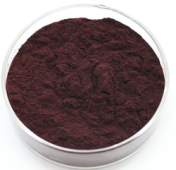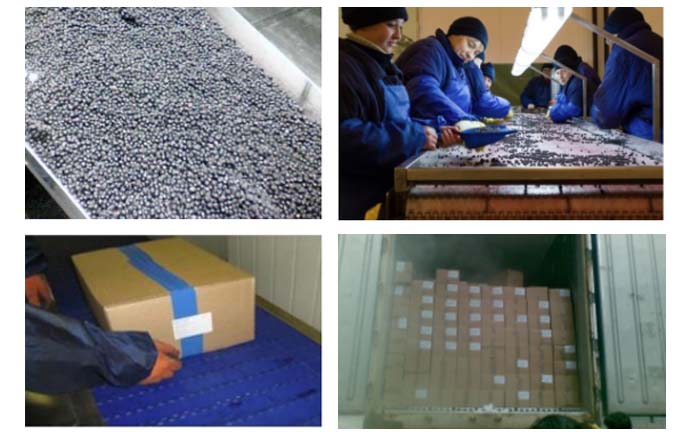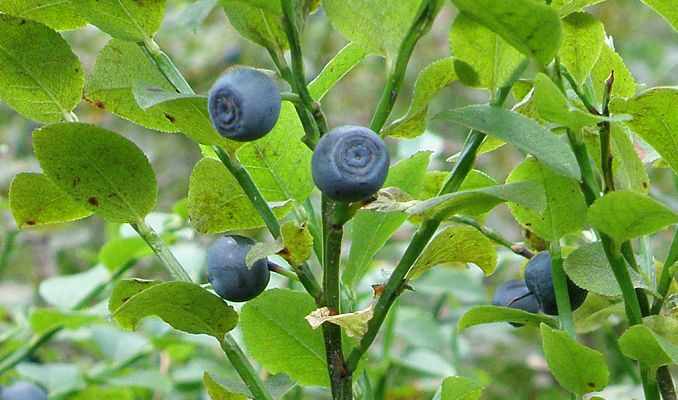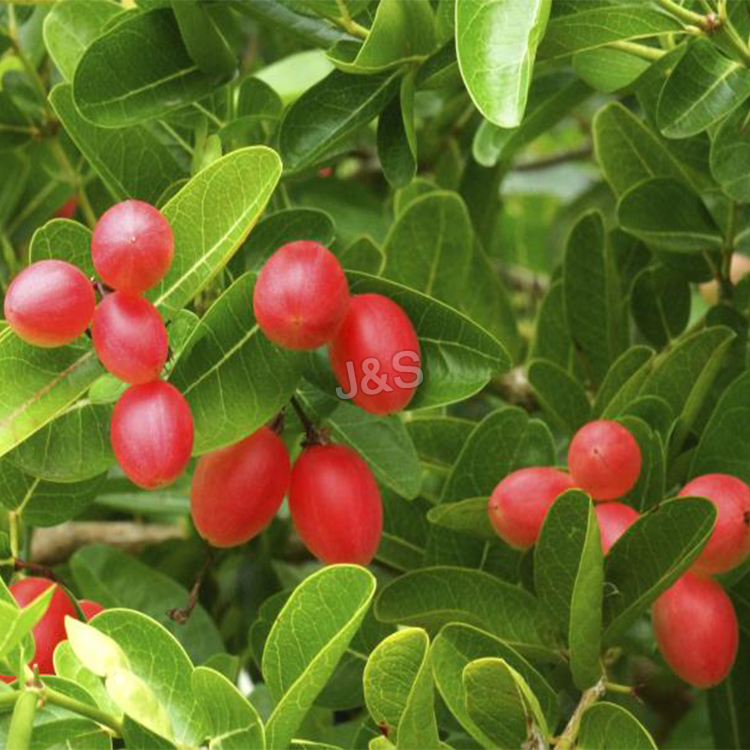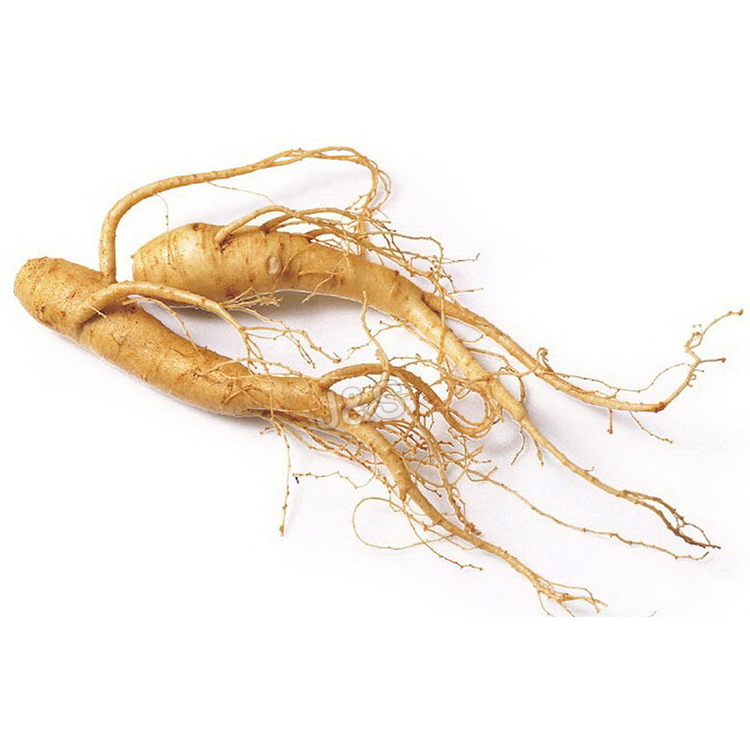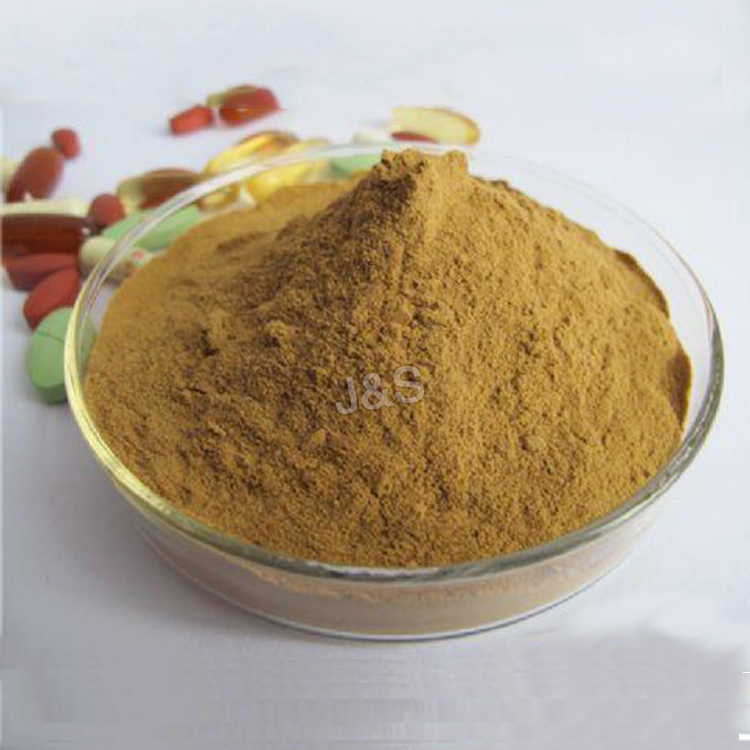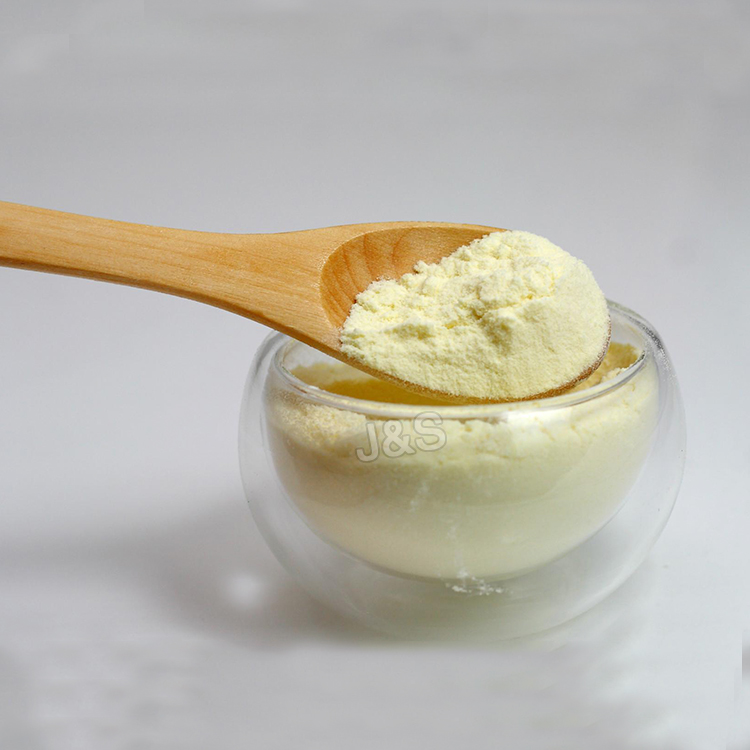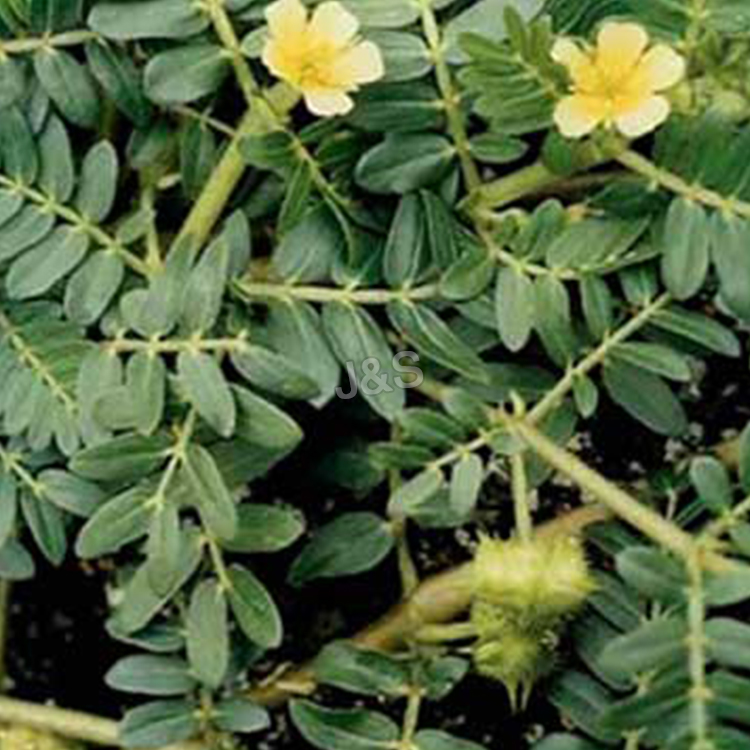Competitive Price for Bilberry extract Factory in Cape Town
Competitive Price for Bilberry extract Factory in Cape Town Detail:
[Latin Name] Vaccinium myrtillus l.
[Plant Source] Wild bilberry fruit cultivated from Sweden & Finland
[Specifications]
1) Anthocyanidins 25% UV (Glycosyl removed)
2) Anthocyanins 25% HPLC
3) Anthocyanins 36% HPLC
[Particle size] 80 Mesh
[Loss on drying] ≤5.0%
[Heavy Metal] ≤10PPM
[Pesticide residue] EC396-2005, USP 34, EP 8.0, FDA
[Storage] Store in cool & dry area, keep away from the direct light and heat.
[Package] Packed in paper-drums and two plastic-bags inside.
[General feature]
1. 100% extracted from European bilberry fruit, approved ID test from ChromaDex andAlkemist Lab;
2.Without any adultery of other relative species of Berries,such as Blueberry, Mulberry,Cranberry,etc;
3. Pesticide residue: EC396-2005, USP 34, EP 8.0, FDA
4. Directly import the frozen fruit from North Europe;
5. Perfect water solubility,water insolubles<1.0%
6. Chromatographic fingerprint match EP6 requirement
[What is bilberry fruit]
Bilberry (Vaccinium Myrtillus L.) is a kind of perennial deciduous or evergreen fruit shrubs, mainly found in subarctic regions of the world as in Sweden, Finland and Ukraine, etc. Bilberries contain dense levels of anthocyanin pigments, which was said popularly to have been used by World War II RAF pilots to sharpen night vision. In fork medicine, Europeans have been taking bilberry for a hundred years. Bilberry extracts entered the healthcare market as a kind of dietary supplement for effects on vision enhancement and visual fatigue relief.
[Function]
Protect and regenerate rhodopsin and cure the eye diseases;
Prevent the cardiovascular diseases
Antioxidant and anti-aging
Softening blood capillary, enhancing the heart function and resisting cancer
Product detail pictures:
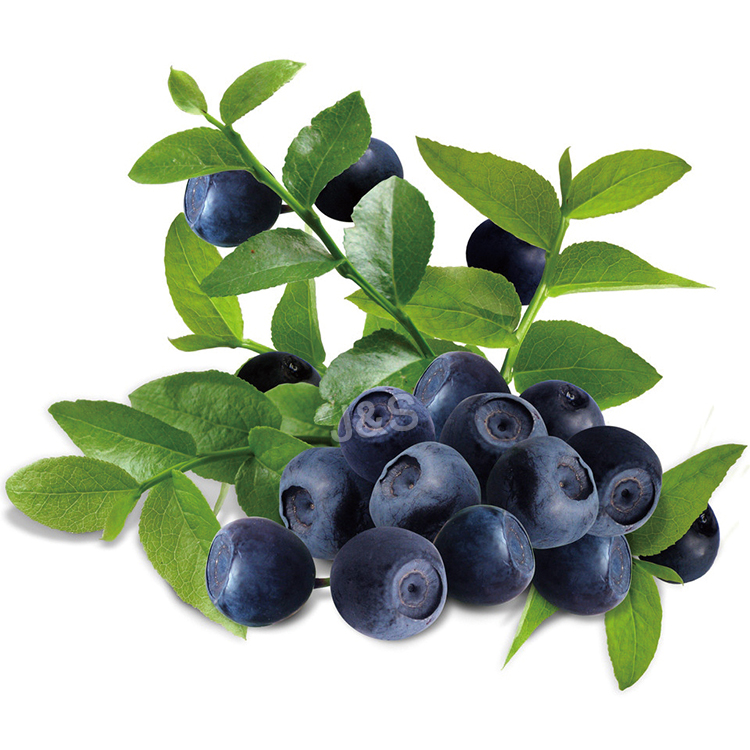
Related Product Guide:
We have been committed to offering easy,time-saving and money-saving one-stop purchasing service of consumer for Competitive Price for Bilberry extract Factory in Cape Town , The product will supply to all over the world, such as: Turkey, Lahore, Rio de Janeiro, Due to our strict pursues in quality, and after-sale service, our product gets more and more popular around the world. Many clients came to visit our factory and place orders. And there are also many foreign friends who came for sight seeing, or entrust us to buy other stuff for them. You are most welcome to come to China, to our city and to our factory!
Damiana is the new drug introduced in the market made from organically rich material
of wild shrubs. These shrubs are found in South America and Mexico. These days,
males are considering this drug to be the best one for boosting their sexual drives.
VigRX Vs Damiana Plus
Previously, drugs like VigRX were considered the best sex drive boosting drugs in
the world. With the advent of Damiana, things have started to change. Made from the
best herbal and organic materials, this drug has no side effects and provides the
best erection duration for satisfying your sex needs.
Mardana kamzori ka jar say khatma
Main key advantages of enlargement Capsule or Oil :
1) Enlarge panis size ( long and thick )
2) Make erection harder and powerful
3) Gives strength and tightening
4) Gives more sexual excitement
5) Repair rough skin
6) Satisfaction of female partner
7) More confidence
8) Easy to use or apply
9) No side effects
‣‣ DON’T FORGET TO CLICK HD! ‣‣
————————————————
Ginger soy (OIL FREE):
1 cup pumpkin seeds or pepitas
1/4 cup soy sauce, tamari or Braggs liquid aminos
1 tsp fresh ginger, minced
1 tsp garlic powder
1 TBS sugar
pinch of red pepper flakes
Roast in the oven at 350 F for 13-15 mins tossing halfway through.
Cinnamon sugar:
1 cup pumpkin seeds or pepitas
1 1/2 TBS coconut oil, melted
1 tsp cinnamon
2 TBS sugar
pinch of salt
Roast in the oven at 350 F for 13-15 mins tossing halfway through.
Garlic rosemary:
1 cup pumpkin seeds or pepitas
1 TBS canola or vegetable oil
2 sprigs of fresh rosemary, minced
1 clove of garlic, minced
salt and pepper to taste
Roast in the oven at 350 F for 13-15 mins tossing halfway through.
**TIP** If you’re using traditional pumpkin seeds instead of pepitas, the cooking time will be longer. Roast them in the oven at 300 F for 45 mins tossing halfway through.
MY SOCIALS »
INSTAGRAM → https://www.instagram.com/moresaltpleassse/
SNAPCHAT → nicolerizzac
FACEBOOK → https://www.facebook.com/moresaltpleassse/
————————————————
ABOUT ME »
Welcome to More Salt Please! The vegan cooking channel where I teach you how to make some of my favorite foods. I love showing people how easy and tasty living a vegan life can be. Expect to fall head over heels in love with healthy eating when you become part of my YouTube tribe. I share recipes, kitchen tips, interviews, vlogs and collaborations with some pretty amazing people.
————————————————
MUSIC »
Intro song:
Andrew Applepie – Tight Shorts
A nice supplier in this industry, after a detail and careful discussion, we reached a consensus agreement. Hope that we cooperate smoothly.
